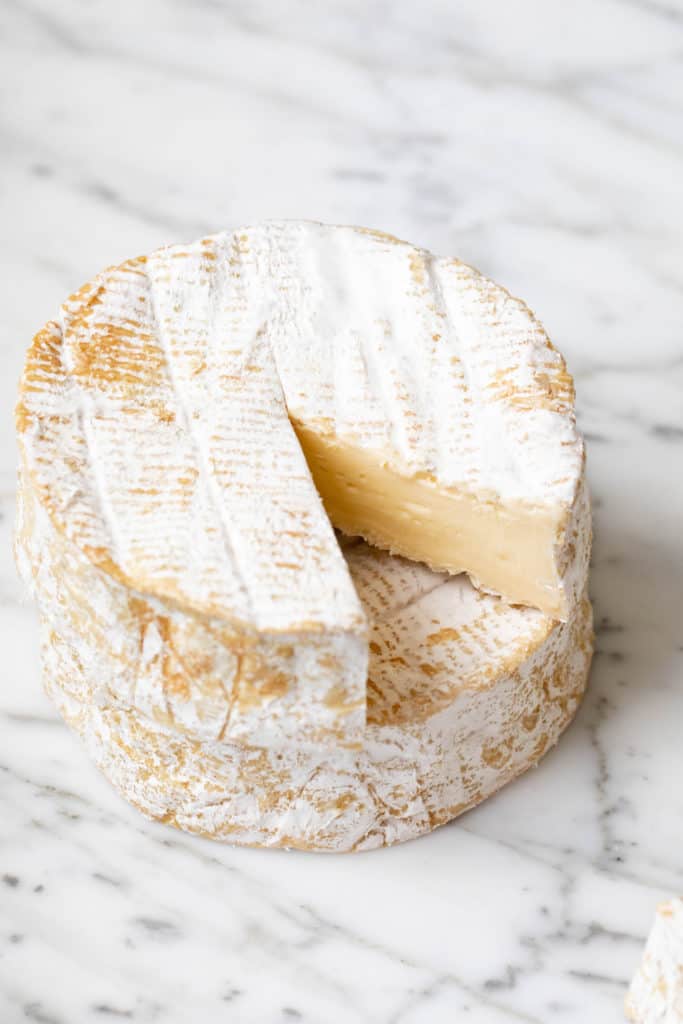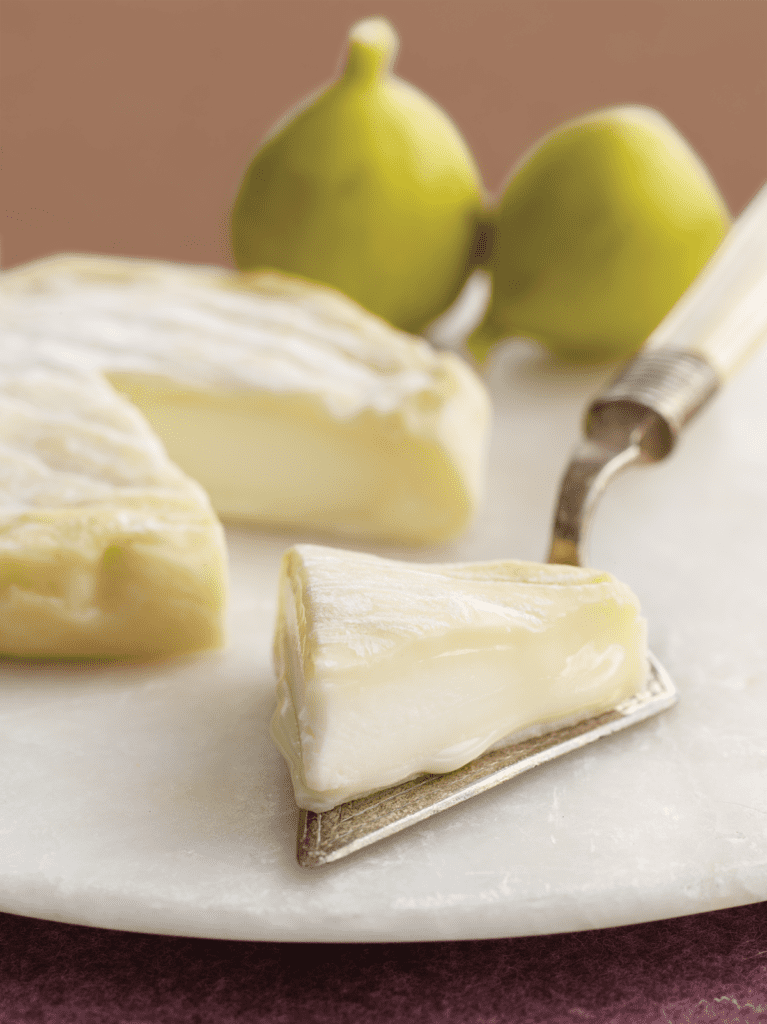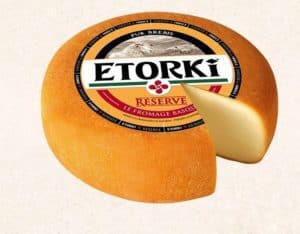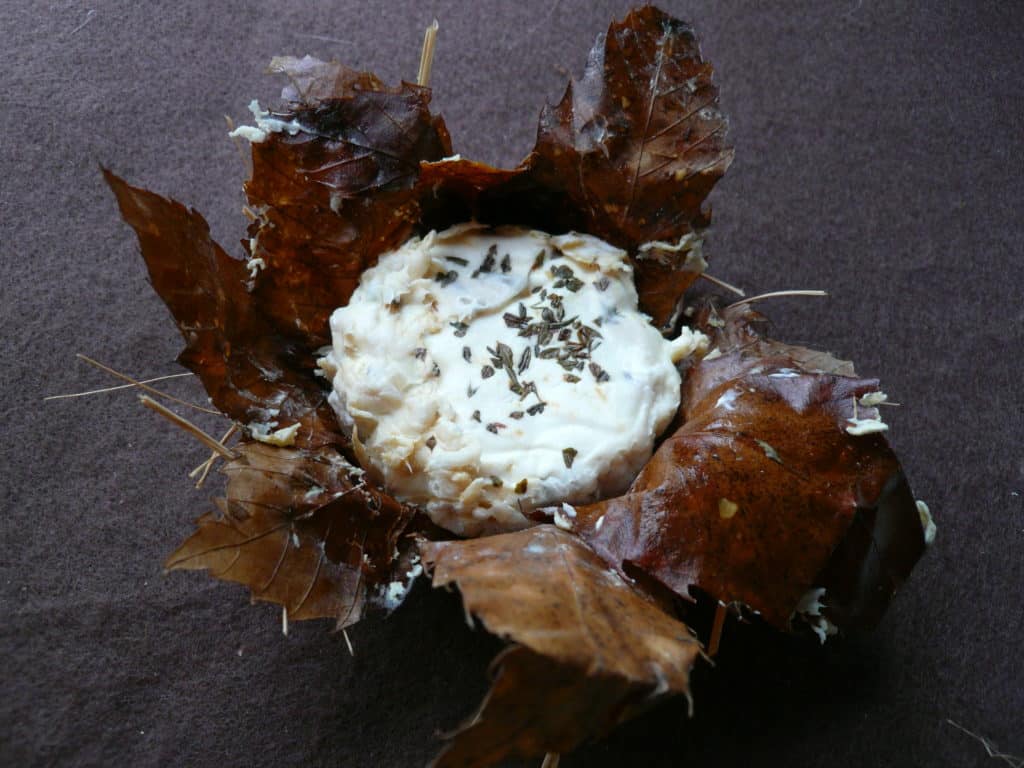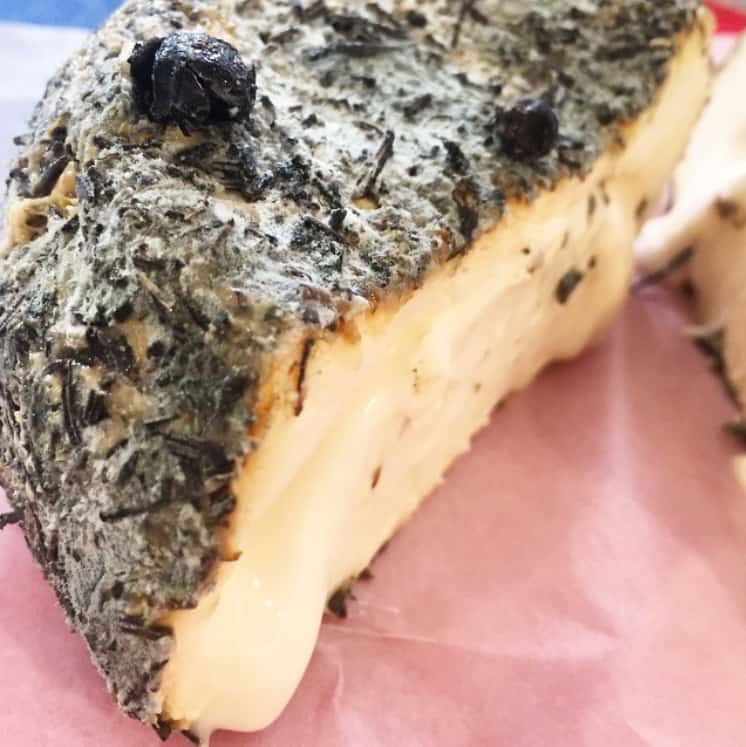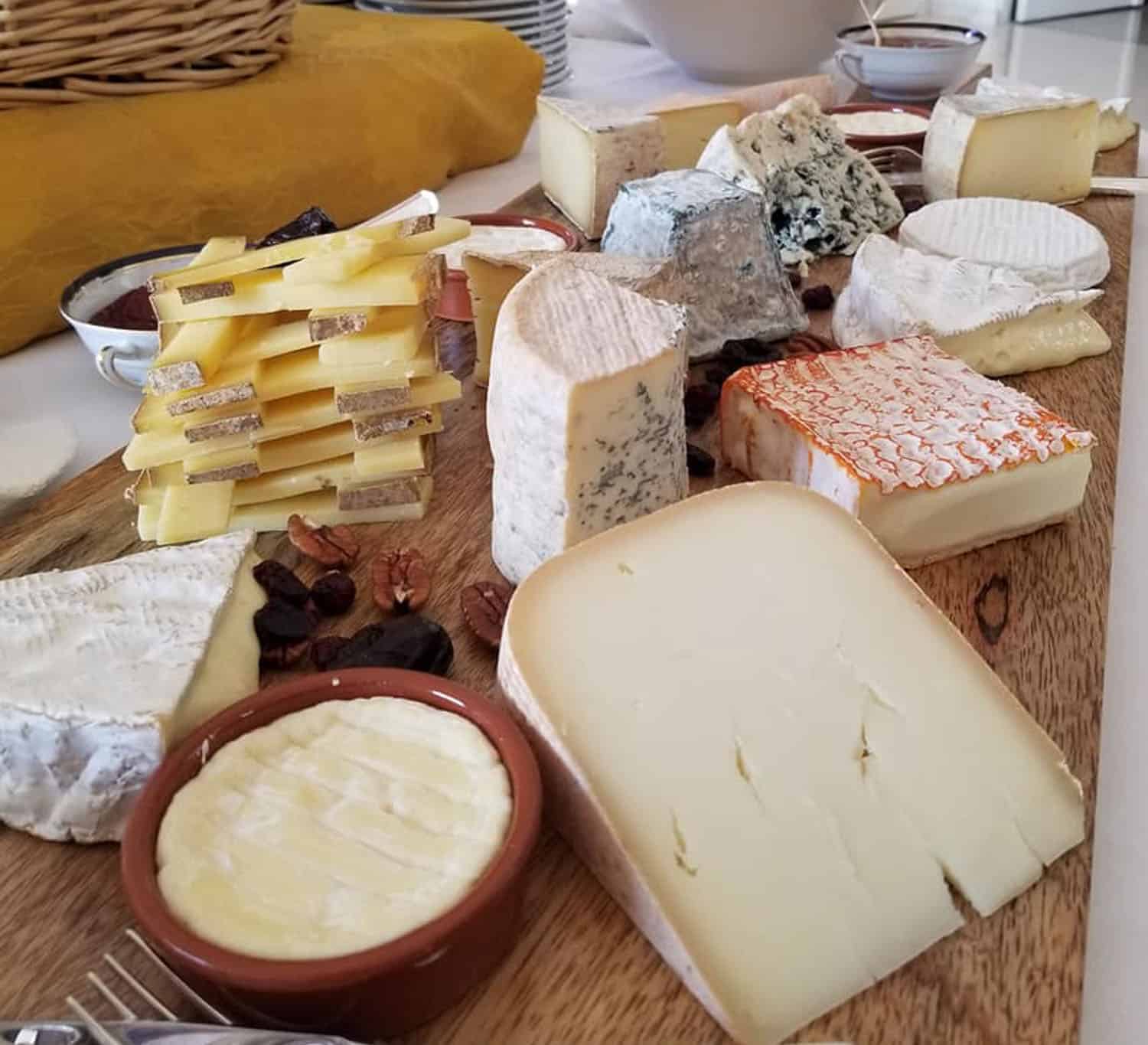
Photo Credit Erin Harris
When you think about your favorite cheese and where they hail from, your answers likely fall all over the map. But now it’s time to break out your crustiest baguette, bite into a wedge of brie and crumble your favorite bleu in celebration of French National Day, or Bastille Day as it has come to be known in most English-speaking countries. Bastille Day commemorates the storming of the Bastille in Paris in 1789, which launched the French revolution. It was the beginning of the end for the French monarchy and sent Louis XVI and Marie Antoinette fleeing before they met their fate at the guillotine in 1793. It’s now an annual celebration akin to the American 4th of July in the US, complete with feasting, fireworks, and fanfare.
To aid in your fromage festivities, here are 9 of our French cheeses you must try:
Brie de Melun
Produced in the northern region of France, referred to as the Ile de France, Brie de Melun is a small, firm, robustly lactic and salty cheese that many regard as one of, if not the original brie. It smells musty and straw-like, with a dry rind encasing the soft, slightly sour, barn-yardy interior. This aromatic ancestor pairs best with wines from Burgundy and the Rhone Valley.
**Real Brie de Melun must be made with raw milk, which means it cannot be sold in the United States (because it is aged less than 60 days). But fear not, several French producers making high-quality, pasteurized-milk Brie especially for the American market, like Fromage de Meaux or Coulommiers.
Normandy Camembert
Often imitated, never duplicated; Camembert originated in Normandy in 1791 by Marie Harel. The regions that produce this cheese are located in the Northwestern corner of France and are lush with excellent grazing pastures and mild climates perfect for the local herds of Normandie cows. The texture is supple, yet yielding with a deep golden yellow hue that tastes buttery with hints of truffle or mushroom, especially prominent flavors in wheels made with raw milk like the original recipe requires. Pair with a light red wine like Beaujolais or a Normandy cider.
Pérail
Made in the limestone plateau region of the Languedoc in southern France, Pérail is a raw sheep’s milk cheese with a thin, delicate, pale yellow rind and a meltingly rich interior paste. It has a pronounced barnyard-y aroma with a delicious balance of earthy and sweet flavors. Zestier light white wines like Saint Veran or white Burgundy are delicious pairings with this gooey wheel.
Valençay
A classic mold-ripened chèvre from the Loire Valley in central France, Valençay is a young goat’s milk cheese known for its truncated pyramid shape. Legend has it that the original cheese had a classic pyramid shape, until Napoleon returned from his disastrous expedition in Egypt and made a stop at the castle of Valençay. Upon seeing the familiar shape of the fromage, he lopped the top off with his sword in a blind rage and it’s remained flat ever since. Lore aside, it has a lemony, bright and clean flavor with a very mild pepperiness from the coating of salted charcoal ashes just below its wrinkly, white exterior. Pair it with an equally crisp and bright Sauvignon Blanc.
Etorki
A Madison cheese awards champ with a name meaning “origin” in Basque, Etorki is a pasteurized sheep’s milk cheese from the Fromagerie des Chaumes at Maulléon in southwestern France. The milk is supplied by the flocks of over 620 local shepherds and dairy farmers of native, black and red-faced Manech ewes. It’s supple, velvety-smooth and ivory colored, with the occasional hole or slit, and carries an earthy-sweet aroma. On the tongue, it’s rich with hazelnut and burnt caramel flavors that beg for a flute of sparkling white wine.
1924 Bleu
1924 is a buttery mixed-milk bleu, from the Auvergne region of France that is home to an ancient volcanic chain that has eroded over time into beautiful rolling hills and plateaus with lush pastures and fertile volcanic soil. This specific terroir imparts a distinctive taste to this spreadable, creamy, blue-veined paste. At first bite, the aroma is of yogurt, cream and lichen, starting out milky in flavor and growing steadily stronger and saltier ending in a pleasantly bitter finish. One of our favorite pairings is on sliced baguette with Runamok Maple Hibiscus Flower Infused syrup alongside a Sauternes or Moscato.
Abbaye de Citeaux
Abbaye de Citeaux is named after its birthplace of the same name near Losne in Burgundy. Local monks craft the cheese using milk from their own herd of Montbéliarde cows that graze on the surrounding meadows for at least six months of the year. Production is limited, with only 300 cheeses made every Monday and Tuesday, the majority of which are sold through the Abbey’s own shop. As for the cheese itself, it’s washed in a brine solution to promote a nice moldy rind of Bacterium Linens; pale orange in color with an occasional light layer of white bloomy mold. The aromas are fairly pungent and far stronger than the clean, milky, and earthy flavors. Pair with Volnay or a light Burgundy wine.
Banon
Named after the town of Banon, just north of Aix in southern France, Banon is a soft, pliable cheese sprinkled with a variety of herbs and wrapped in chestnut leaves. As a result of its organic packaging, it’s rindless, sticky and moldy in all the best ways when unwrapped. It’s full of savory, yeasty, goaty, and vegetal scents with similarly complex flavors. Slather onto a baguette and uncork a dry white wine.
Photo Credit @formaggiocello
Fleur du Maquis
Made in Corsica, Fleur du Maquis is as beautiful as it is delicious. Meaning “flower of the maquis”, this small, soft, sheep’s milk cheese is encrusted with fennel seeds, rosemary, juniper berries and even the occasional bird’s eye chili. It holds a slightly tangy citrus flavor, with herbaceous hints from the blue-grey speckled rind. This Fleur’s bouquet is nutty, musty, and is a terrific partner to darker honey and a fruit-forward red blend.



